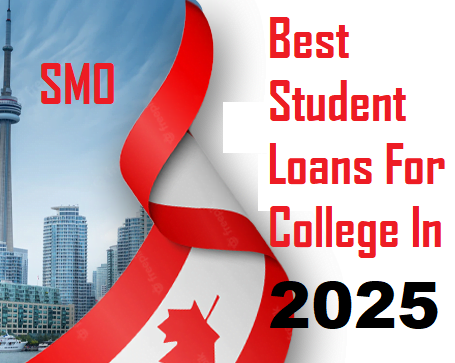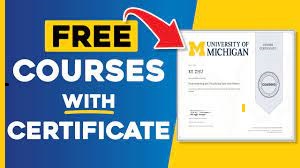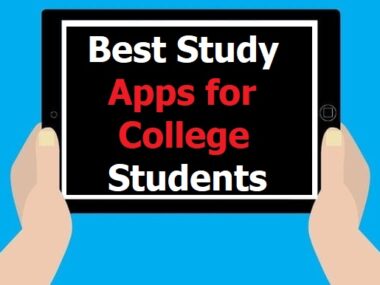Going to college can be one of the most rewarding investments you make—but it also comes with a steep price tag. The average cost of tuition, housing, and books has soared, leaving many students to rely on student loans to finance their education.
In this detailed 2025 guide, we’ll break down the best student loans for college, including:
- Federal vs. private student loans
- Top lenders with low interest rates
- Application process & tips
- Pros and cons of various loan types
- Frequently asked questions (FAQs)
Let’s help you secure the right loan for your college future.
Federal vs. Private Student Loans – What’s the Difference?
Federal Student Loans
These are loans funded by the U.S. Department of Education. They offer:
- Fixed interest rates
- Income-driven repayment plans
- Forgiveness options
- No credit check (for most undergrads)
Private Student Loans
These are offered by banks, credit unions, and online lenders. They typically offer:
- Variable or fixed interest rates
- May require cosigners
- No federal protections
- Can cover remaining costs after federal aid
Start with federal loans first, then use private loans to cover any remaining gap.
Best Federal Student Loans for College Students
1. Direct Subsidized Loans
- For undergraduate students with financial need
- Interest does not accrue while in school
- 2025 interest rate: 5.50% (fixed)
- Max amount: $3,500–$5,500/year depending on year in school
2. Direct Unsubsidized Loans
- For undergraduate, graduate, or professional students
- Not based on financial need
- Interest starts accruing immediately
- Max amount: Up to $20,500/year (graduate)
3. Parent PLUS Loans
- For parents of dependent undergrads
- Requires a credit check
- 2025 interest rate: 8.05%
- Can borrow up to the full cost of attendance
Best Private Student Loans for College in 2025
| Lender | Interest Rates | Loan Terms | Features |
| Sallie Mae | 4.50%–13.50% | 5–15 years | No origination fees, multi-year approval |
| College Ave | 4.29%–12.99% | 5–20 years | Flexible repayment, cosigner release |
| Earnest | 4.99%–13.03% | 5–15 years | No fees, skips one payment/year |
| Discover | 5.49%–13.99% | 15 years | Rewards for good grades |
| SoFi | 4.49%–13.98% | 5–15 years | Unemployment protection, rate discounts |
Private rates depend on credit score, income, and cosigner status.
Eligibility Requirements
| Loan Type | Basic Requirements |
| Federal Loans | U.S. citizen or eligible non-citizen, enrolled at least half-time, FAFSA submission |
| Private Loans | Creditworthy borrower or cosigner, proof of income, enrollment in eligible program |
How to Apply for Federal Student Loans (Step-by-Step)
Step 1: Complete the FAFSA
Visit studentaid.gov and submit your Free Application for Federal Student Aid.
Step 2: Review Your Student Aid Report (SAR)
Make sure all data is correct.
Step 3: Accept Your Loan via Your School Portal
Choose subsidized/unsubsidized loan options and complete entrance counseling.
Step 4: Sign the Master Promissory Note (MPN)
This legally binds you to repay the loan.
How to Apply for Private Student Loans
- Compare Lenders Online – Use sites like Credible or NerdWallet
- Pre-Qualify Without Impacting Credit
- Choose Your Terms & Rates
- Apply with a Cosigner if Needed
- Get Funds Disbursed to Your School
Most private lenders allow online applications and fast approval.
Repayment Options
Federal Loan Repayment Plans:
- Standard Repayment: Fixed for 10 years
- Graduated Repayment: Starts low, increases every 2 years
- Income-Driven Repayment (IDR): Capped at 10-20% of income
- Public Service Loan Forgiveness (PSLF): Forgive remaining balance after 10 years of public service
Private Loan Repayment:
- Typically 5–20 year terms
- Less flexibility
- Few offer deferment or forbearance
Tips to Get the Best Student Loan
- Max out federal loans first
- Use a cosigner to reduce private loan interest rates
- Compare fixed vs. variable rates
- Check for borrower perks (e.g., deferment, discounts)
- Avoid overborrowing – only take what you need
Student Loan Calculator (Example)
Let’s say you borrow $30,000 at 5.5% interest over 10 years.
| Monthly Payment | Total Interest Paid | Total Repayment |
| $325.39 | $9,046.83 | $39,046.83 |
Tip: Pay interest while in school to reduce total cost.
FAQs – Best Student Loans for College
Q1: Do I need a cosigner for student loans?
- Federal: No for undergrads
- Private: Often yes, unless you have strong credit
Q2: Can I refinance student loans later?
Yes. You can refinance private and federal loans with private lenders for a lower rate (but lose federal protections).
Q3: Can student loans cover full tuition and living?
Yes. You can borrow up to the cost of attendance (COA), including tuition, housing, books, and transportation.
Q4: What happens if I default?
You’ll damage your credit and may face collections or wage garnishment. Always communicate with your lender.
Q5: Are student loans taxable?
No. Loans are not considered income and are not taxable.
Choose the Right Student Loan for Your Future
Student loans can be a lifeline to higher education, but choosing the wrong type or lender can lead to unnecessary debt. Whether you’re leaning toward federal loans for their protections or exploring private loans for additional funding, always compare rates, terms, and repayment options.
Make smart decisions now to avoid financial stress after graduation.










